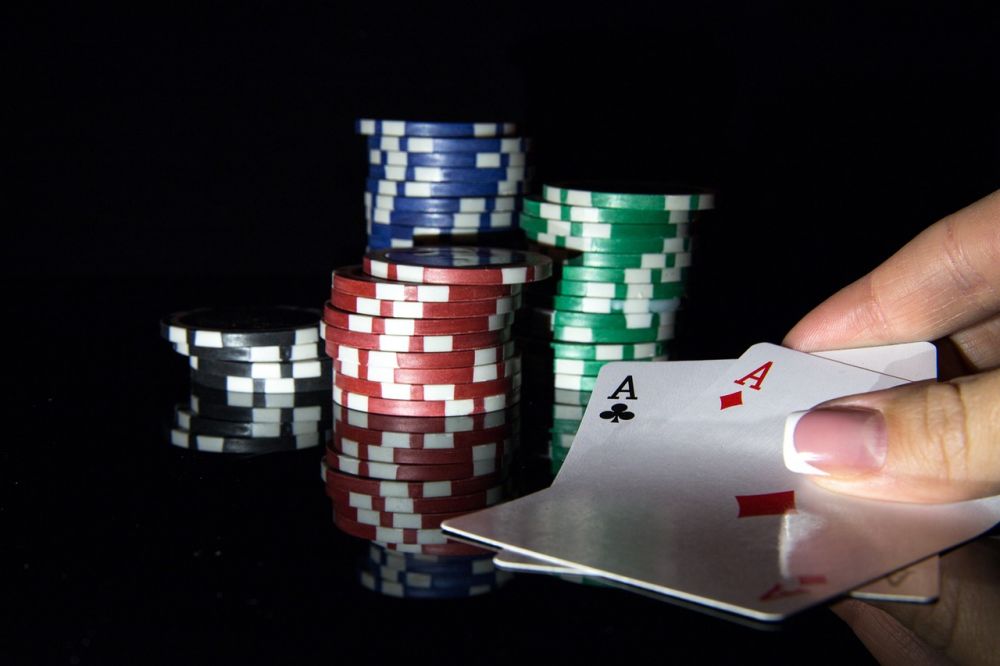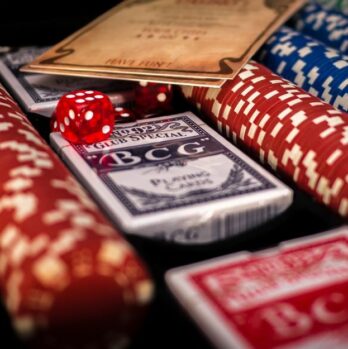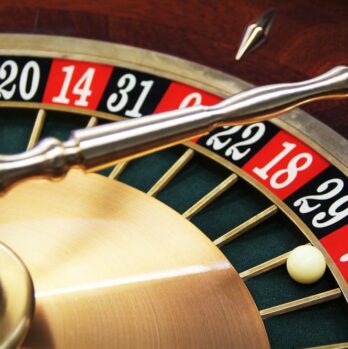Counting cards in blackjack is a popular strategy used by casino players to gain an advantage over the house

While it may seem like a complex technique, understanding the basic principles and practicing regularly can greatly improve your chances of winning. In this article, we will delve into the world of card counting in blackjack, covering its importance, historical development, and how to effectively implement it into your gameplay.
Introduction to Counting Cards in Blackjack:
Blackjack is a game that revolves around skill, strategy, and luck. While players cannot control the cards they are dealt, they can make strategic decisions based on the cards they have already seen. This is where card counting comes into play. By keeping track of the cards that have been dealt and estimating the likelihood of certain cards being drawn in the future, players can make more informed decisions and adjust their betting accordingly.
Importance of Card Counting in Casino Games:

Card counting is particularly relevant in blackjack as it helps players determine whether the remaining cards in the deck favor the player or the dealer. When the remaining cards mostly consist of high-value cards like tens and aces, the player has a higher chance of hitting a blackjack or landing strong hands. Conversely, when the deck is rich in low-value cards, the dealer has a greater advantage. By counting cards, players can adjust their bets accordingly, increasing their wagers when the odds are in their favor and minimizing losses when the odds are against them.
A Historical Overview of Card Counting in Blackjack:
Card counting in blackjack has a long and fascinating history. It was first introduced in the 1960s by mathematician Edward O. Thorp, who wrote the groundbreaking book “Beat the Dealer.” Thorp’s book revolutionized the game by introducing a mathematical approach to blackjack strategy based on card counting. His innovative ideas caught the attention of both players and casinos, leading to widespread interest in the technique.
In the following years, several individuals refined and expanded upon Thorp’s work, developing new card counting systems and strategies. One notable figure in the history of card counting is the infamous MIT Blackjack Team, a group of students and alumni from the Massachusetts Institute of Technology who used card counting to win millions of dollars from casinos. Their story was later immortalized in the popular film “21.”
Card Counting Techniques and Strategies:
Different card counting systems exist, each with its own level of complexity and effectiveness. The most basic and widely used system is called the Hi-Lo system. This system assigns numerical values to each card and maintains a running count as the cards are dealt. A positive count indicates that the remaining cards are favorable to the player, while a negative count suggests an advantage for the house.
More advanced card counting systems, such as the Omega II or the Hi-Opt II, assign different values to each card. These systems require a higher level of proficiency but offer more accurate predictions of the remaining cards’ composition. It’s important to note that mastering card counting takes practice and dedication, and it is illegal in some casinos. Therefore, it is crucial to familiarize yourself with the rules and regulations before attempting to implement such strategies.
Implementing Card Counting in Blackjack Gameplay:
To effectively implement card counting, players must be observant, focused, and have a firm grasp of the chosen card counting system. Here are some key steps to get started:
1. Learn the basic strategy: Before attempting card counting, it is essential to master the basic strategy of blackjack. This includes knowing when to hit, stand, double down, or split based on your hand and the dealer’s upcard.
2. Start with the Hi-Lo system: The Hi-Lo system is an excellent starting point for beginners due to its simplicity. Practice keeping a running count as the cards are dealt and maintaining focus despite distractions.
3. Incorporate true count: Since the number of cards remaining in the deck affects your advantage, it is crucial to calculate the true count. Divide the running count by the number of decks remaining to determine the true count and make more accurate betting decisions.
4. Practice regularly: Consistent practice is key to becoming proficient at card counting. Start with single-deck games and gradually progress to multiple-deck games, simulating different scenarios to enhance your skills.
Conclusion:
Card counting in blackjack is a technique that can provide players with an advantage over the house if implemented correctly. While it requires practice and dedication, the benefits of card counting can significantly improve your chances of winning. Remember, always adhere to the rules and regulations of the casino you are playing in, as card counting is not allowed in all establishments. With a thorough understanding of card counting, combined with a solid grasp of basic strategy, you can enhance your gameplay and potentially increase your winnings in the captivating world of blackjack.











